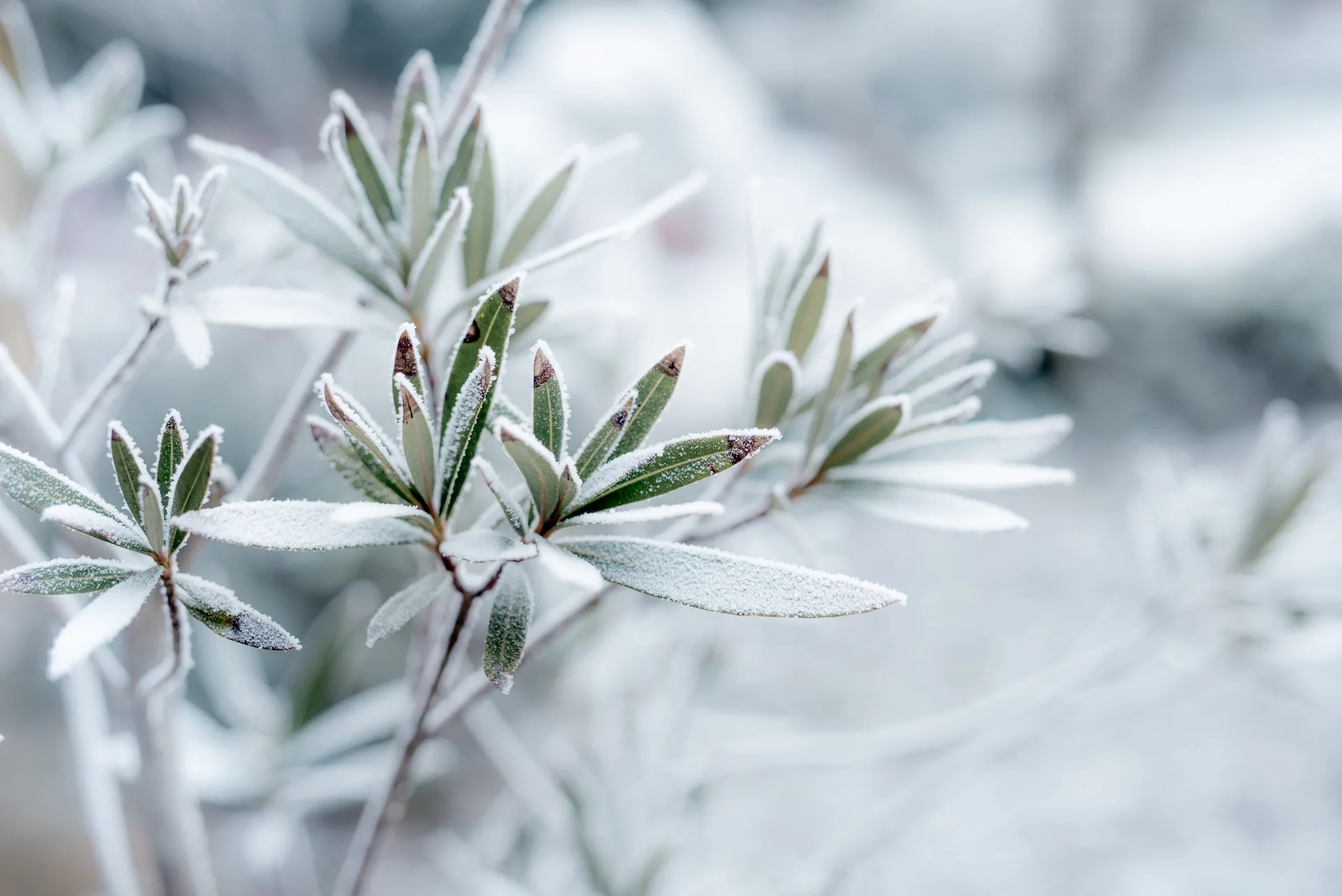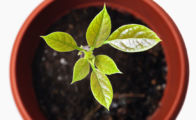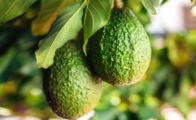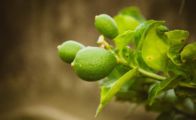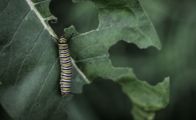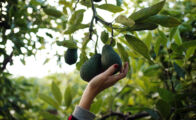Avocado trees originated in the tropical regions of the United States and grow in specific zones set by the U.S Department of Agriculture. To ensure the health and survival of your avocado tree, you must take the proper steps to protect your avocado tree from frost in the winter.
The Temperature Tolerance of an Avocado Tree
You should never plant an avocado tree in a climate that is prone to freeze and frost; however, some types of avocado trees are able to tolerate cold in short periods. There are three different types of variets of avocados: Mexican, Guatemalan, and West Indian. West Indian young avocado trees are able to tolerate temperatures that are between twenty-eight and thirty degrees Fahrenheit, while older avocado trees can tolerate temperatures down to twenty-five degrees, according to the University of Florida.
Mexican avocado trees can tolerate the most cold, tolerating temperatures between eighteen and twenty-six degrees Farenheit. Young avocado trees of this variety can only tolerate temperatures from twenty-four to twenty-six degrees. Guatemalan varieties also have a moderate cold tolerance, as young trees can toleratre cold temperatures of twenty-six to twentypeight degrees.
How to Protect Your Avocado Tree From Frost
To protect your avocado tree from frost in the winter, you should ensure the ground around your avocado tree is free from grass and any weeds before cold weather approaches. The moistness from the earth will absorb and reflect heat much better than the soil. Once the proper precautions have been taken, there are other options you can take to protect your avocado tree.
Another option to protect your avocado tree from the cold and frost is to cover it with a blanket or wrap the trunk of your tree. There are also certain chemical sprays you can use to reduce frost; however, you’ll want to pay attention to any instructions or warnings it gives. A third option is to use sprinklers that will continuously spray your avocado tree with water.
When the water on your avocado tree turns to ice, it will release heat. This is a more effective option for older avocado trees, but depending on water costs, it can become the more expensive option.
How to Care For Your Avocado Tree After a Freeze
After you’ve experienced a freeze in your area, you should continue your normal care for an avoacdo tree, as you can visibly see frost damage. You might notice your leaves curling or turning brittle, and the twigs on your tree might look water-soaked. Damaged avocado trees will use less water, so you’ll want to ensure you’re keeping track of the moisture in your soil and reduce irrigation if absolutely necessary.
In addtion, you might also notice that fruit damage takes a couple weeks to show because the cold will cause the pulp to turn gray and black. After a week or two, you may notice the fruit beginning to drop, but ensure you check for damages before you consume or sell an avocado.

